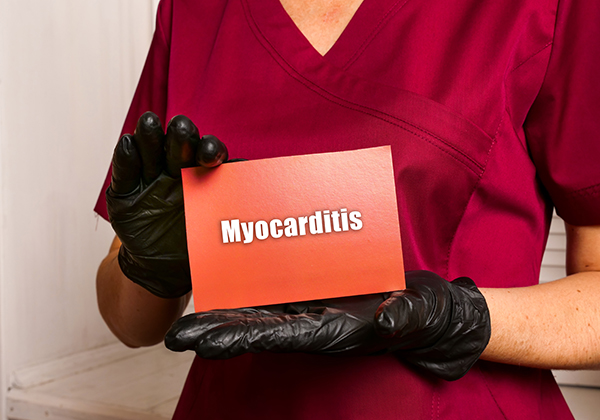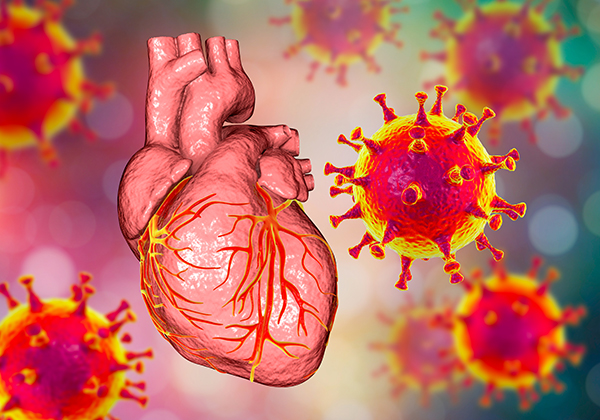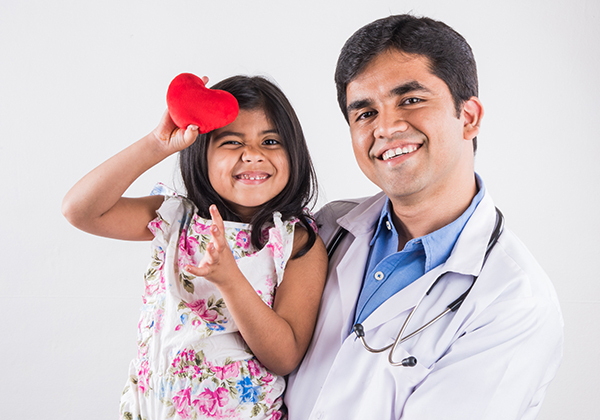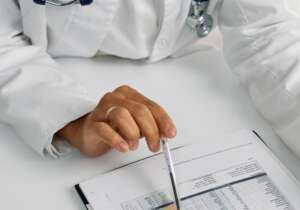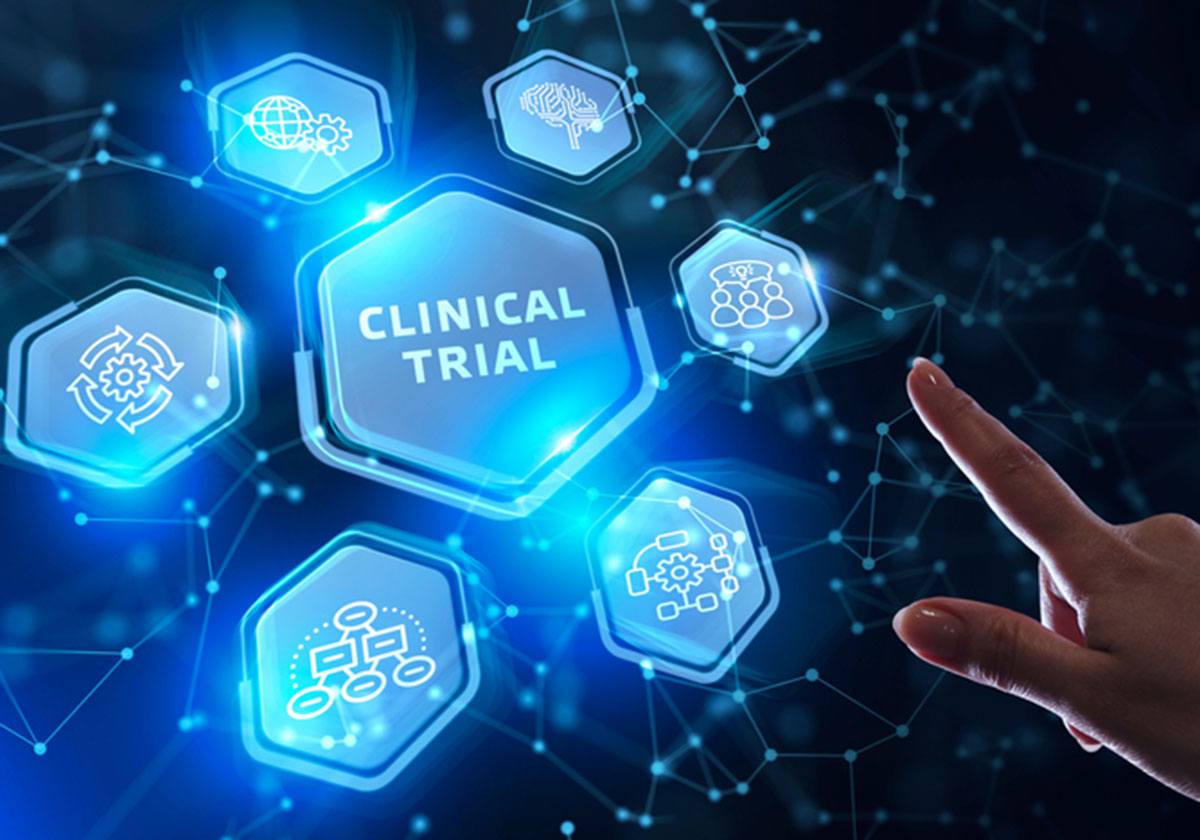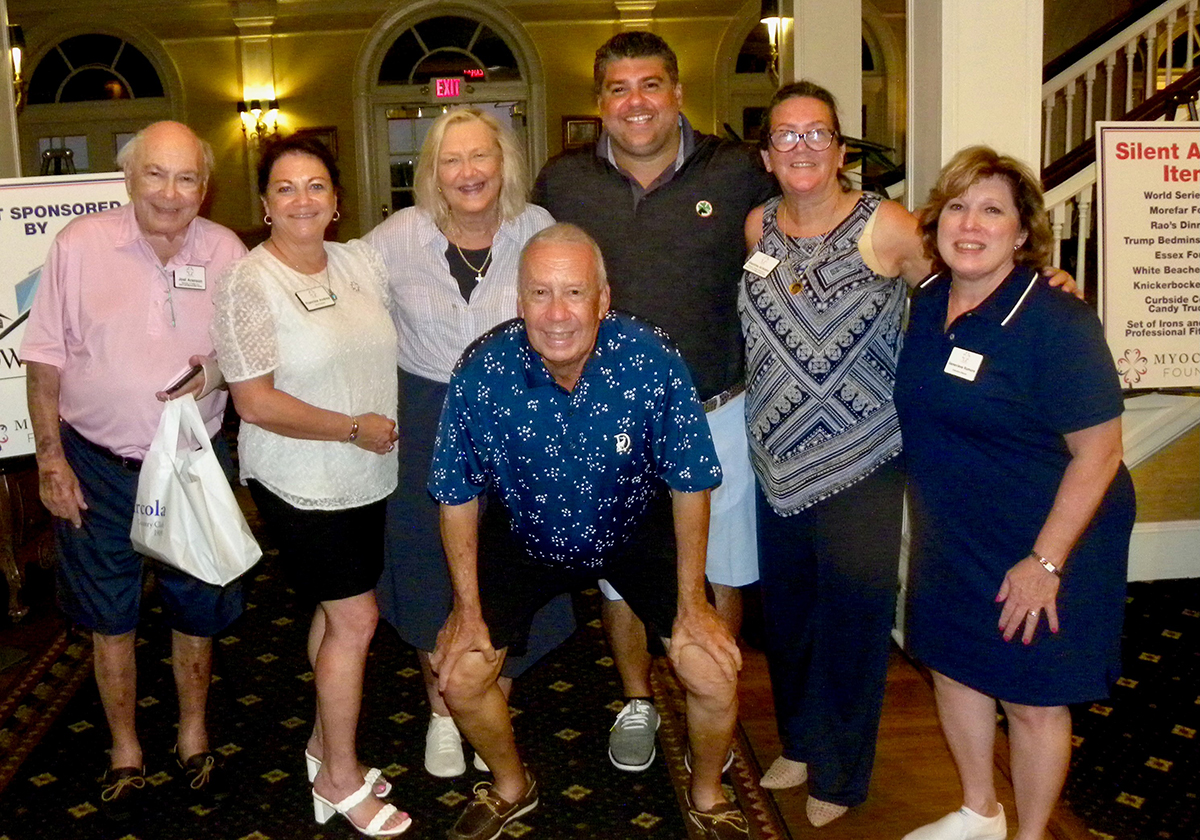(281) 713-2962
800 Rockmead Drive, Suite 155
Kingwood, TX 77339
[email protected]
UTSW HP [13-C] Pyruvate Injection in HCM (HPHCM)
Status: Recruiting
Location: University of Texas Southwestern
Conditions: University of Texas Southwestern
City/State:
Dallas, Texas
Contact Information:
Syed Ahsan
214-645-9269
[email protected]
Egzona Tan, RN
Phone Number: 2146452726
Email: [email protected]
To measure the regional myocardial [1-13C]lactate to [13C]bicarbonate ratio as an index of mitochondrial oxidation and glycolysis coupling in the heart. Advanced cardiac MRI will be used to characterize cardiac morphology, function, myocardial blood flow and fibrosis.
Heart failure is a major source of morbidity and mortality in the United States. Multiple studies have demonstrated that development of heart failure is related to alteration in cardiac metabolism. Specifically, such changes include a shift from fatty acid oxidation to increased glucose utilization as energy source, with uncoupling of glycolysis and mitochondrial oxidation at the level of the pyruvate dehydrogenase complex. In human subject who were referred for LVAD placement, excised heart muscle samples exhibited significant increase in expression of pyruvate kinase M2 (PKM2) compared to subjects with normal LV function.
Additionally, mechanical unloading decreased PKM2 expression suggesting a correlation between pyruvate utilization and severity of heart failure. Such changes metabolic alterations appear to precede the actual structural changes and might be a possible target for future therapies, although the timeline of such changes remains to be elucidated. Currently, it is unknown whether different types of CMP have different metabolic signatures.
Foundation for Sarcoidosis Research Advanced Cures Registry (FSR-SARC Registry)
Status: Recruiting
Location: Foundation for Sarcoidosis Research
Conditions: Foundation for Sarcoidosis Research
City/State:
Chicago, Illinois
Contact Information:
Leslie Serhuck, MD MA Mbioethics
312-341-0500
[email protected]
Tricha Shivas, MBe
312-341-0500
[email protected]
Participants review a document, Understanding Your Participation, and check boxes on the Participant Informed Consent document that confirms they understand the risks/benefits of participation (or Assent if the patient is a minor age 7-18), they create an online account, and then are asked to complete the baseline survey questionnaire. Participants confirm they understand that their participation is completely voluntary, that their identifying information will be secured and encrypted, their private health information will be stored separately in a secure database. Their private information will never be shared with other people, unless its required by law. The registry may share de-identified information with researchers and other databases. Their personal information will be protected and not shared. They may choose to stop their participation at any time by contacting FSR. They are not required to fill out all the questions and can leave any unanswered. They will be contacted by the registry once a year to update or correct their health information. They can choose to be contacted by FSR if a study becomes available that they may wish to know more about.
Role of Endomyocardial Biopsy and Etiology-based Treatment in Patients With Inflammatory Heart Disease in Arrhythmic and Non-arrhythmic Clinical Presentations: an Integrated Approach for the Optimal Diagnostic and Therapeutic Management
Status: Recruiting
Location: IRCCS San Raffaele Scientific Institute
Conditions: IRCCS San Raffaele Scientific Institute
City/State:
Milan, Italy
Contact Information:
Giovanni Peretto, MD
+39 (022) 643-7482
[email protected]
Brief Summary:
this multicenter registry, both retrospective and prospective, aims at answering multiple questions about myocarditis, with special attention to arrhythmic manifestations. Patients with myocarditis proven at least by endomyocardial biopsy and/or cardiac magnetic resonance will be enrolled, and characterized by means of multimodality diagnostic workup, both at baseline and during follow-up. The following unsolved questions will be addressed:
-to report the prevalence of arrhythmias in myocarditis
-to describe the relationships between arrhythmia features and myocardial inflammatory status
-to identify predictors of sudden cardiac death in acute myocarditis and chronic inflammatory cardiomyopathy with arrhythmic vs. non-arrhythmic clinical onset
-to investigate safety and effectiveness of immunomodulatory treatment strategies in arrhythmic and non-arrhythmic myocarditis
-to investigate safety and effectiveness of catheter ablation ablation to target myocarditis-associated arrhythmias
-to describe clinical presentation and arrhythmic outcomes of genetic forms of myocarditis
-to describe clinical presentation and arrhythmic outcomes of myocarditis associated with systemic rheumatologic diseases
Role of Novel ILR in the Management of PVCs
Status: Recruiting
Location: Centerpoint Medical Center, Kansas City Heart Rhythm Institute, Overland Park Regional Medical Center, Research Medical Center Clinic
Conditions: Centerpoint Medical Center, Kansas City Heart Rhythm Institute, Overland Park Regional Medical Center, Research Medical Center Clinic
City/State:
Overland Park, Kansas
Independence, Missouri
Kansas City, Missouri
Contact Information:
Donita Atkins
816-651-1969
[email protected]
Rheumatology Patient Registry and Biorepository
Status: Recruiting
Location: Yale-New Haven Hospital
Conditions: Yale-New Haven Hospital
City/State:
New Haven, Connecticut
Contact Information:
Nicolas Page
203-737-5571
[email protected]
A Study to Evaluate the Efficacy, Safety, and Tolerability of BMS-986278 in Participants With Progressive Pulmonary Fibrosis
Status: Recruiting
Location: Stanford Hospital and Clinics, University Hospitals Cleveland Medical Center
Conditions: Stanford Hospital and Clinics, University Hospitals Cleveland Medical Center
City/State:
Stanford, California
Cleveland, Ohio
Contact Information:
BMS Study Connect Contact Center www.BMSStudyConnect.com
855-907-3286
[email protected]
Interstitial Lung Disease Research Unit Biobank
Status: Recruiting
Location: University of Kansas Medical Center
Conditions: University of Kansas Medical Center
City/State:
Kansas City, Kansas
Contact Information:
Kimberly Lovell, Ph.D.
913-588-6067
[email protected]
A Study of the Natural Progression of Interstitial Lung Disease
Status: Recruiting
Location: University of Chicago
Conditions: University of Chicago
City/State:
Chicago, Illinois
Contact Information:
Spring Maleckar
773-834-4053
Inhaled Treprostinil in Sarcoidosis Patients With Pulmonary Hypertension
Status: Recruiting
Location: University of Florida
Conditions: University of Florida
City/State:
Gainesville, Florida
Contact Information:
Christina M Eagan, DNP
352-273-8990
[email protected]
Name: Ali Ataya, RN
Phone Number: 352-273-8740
Email: [email protected]
Pulmonary sarcoidosis-associated pulmonary hypertension is classified as WHO Group 5 pulmonary hypertension and may occur in anywhere from 5-20% of sarcoidosis patients. Inhaled treprostinil has shown clinical improvements in exercise capacity after 12 weeks of therapy in patients with WHO Group 1 pulmonary hypertension. More recently, there has been interest in using inhaled PAH-specific therapies for the treatment of pulmonary hypertension associated with interstitial lung disease.
The investigators believe that those patients with pulmonary hypertension in the setting of sarcoidosis-associated interstitial lung disease are a unique population which may potentially benefit from inhaled, targeted pulmonary arterial hypertension therapy (inhaled treprostinil) while minimizing the adverse effects associated with systemic pulmonary vasodilators. This study aims to evaluate the efficacy and safety of inhaled treprostinil in subjects with sarcoidosis-associated interstitial lung disease and pulmonary hypertension.
Diagnostic Yield of Intranodal Forceps Biopsies in Mediastinal Adenopathy
Status: Recruiting
Location: The George Washington University Hospital
Conditions: The George Washington University Hospital
City/State:
Washington D.C.
Contact Information:
Khalil Diab, MD
2027412180
[email protected]
Benjamin Delprete, DO
2027412180
[email protected]
This is prospective, single center randomized comparative study to determine the diagnostic yield and specimen quality of endobronchial ultrasound guided intranodal forceps biopsy of patients with suspected sarcoidosis based solely on imaging. This will be a single group study and will compare transbronchial needle aspiration via 19 or 21-gauge needle with intranodal forceps biopsy.
The study aims to answer a knowledge gap a as to whether the diagnostic yield and specimen quality of EBUS-TBNA with a 19G needle is less than those obtained by 1.9mm or greater intranodal forceps biopsy. The study proposed here will add to the field by further elucidating whether this procedure is beneficial for the diagnosis as it pertains to suspected sarcoidosis.
The anticipated required enrollment is 55 patients to achieve an α of 0.05 and β of 0.2. This assumes an unassisted diagnostic yield of 62.5% with standard of care EBUS-TBNA as reported in Ray et al, and a diagnostic supplementation to 80% yield with intranodal forceps biopsies.

